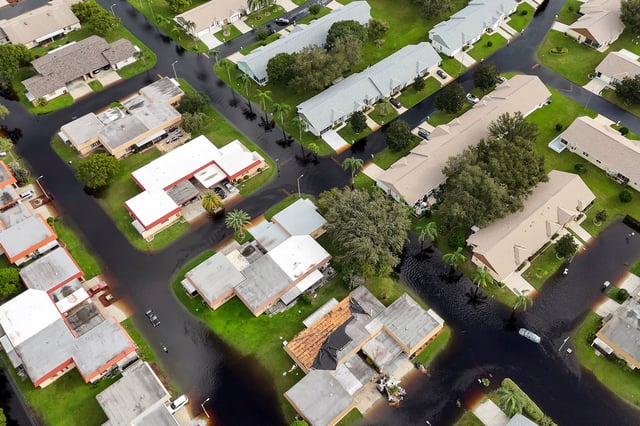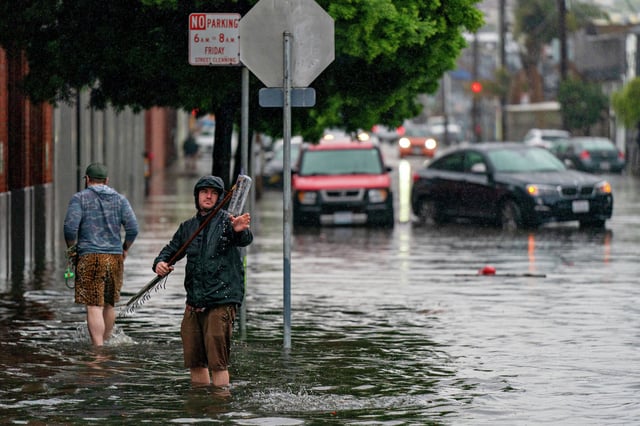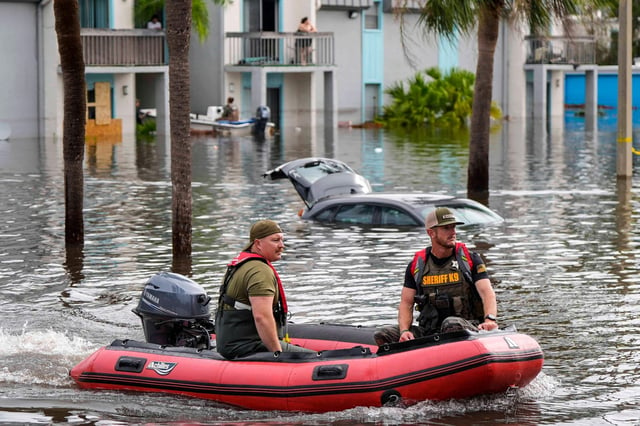Overview
- The Climate Prediction Center upgraded its guidance to a La Niña Advisory after conditions emerged in September, with central Pacific sea-surface temperatures at least 0.5°C below average.
- NOAA scientists say there is about a three-in-four chance the event remains weak, with models pointing to a likely fade back to ENSO-neutral conditions early in 2026.
- Historical tendencies lean toward wetter, cooler conditions across the northern U.S. and drier, warmer conditions in much of the South, yet weak events and other atmospheric patterns can override these signals.
- La Niña often favors late-season Atlantic tropical activity, but experts caution this year’s weak and late onset may limit its influence even as November can be more active under La Niña.
- NOAA’s winter outlook update is due Oct. 16, and planners in sectors such as agriculture and water management are urged to rely on probabilistic guidance given elevated uncertainty.



